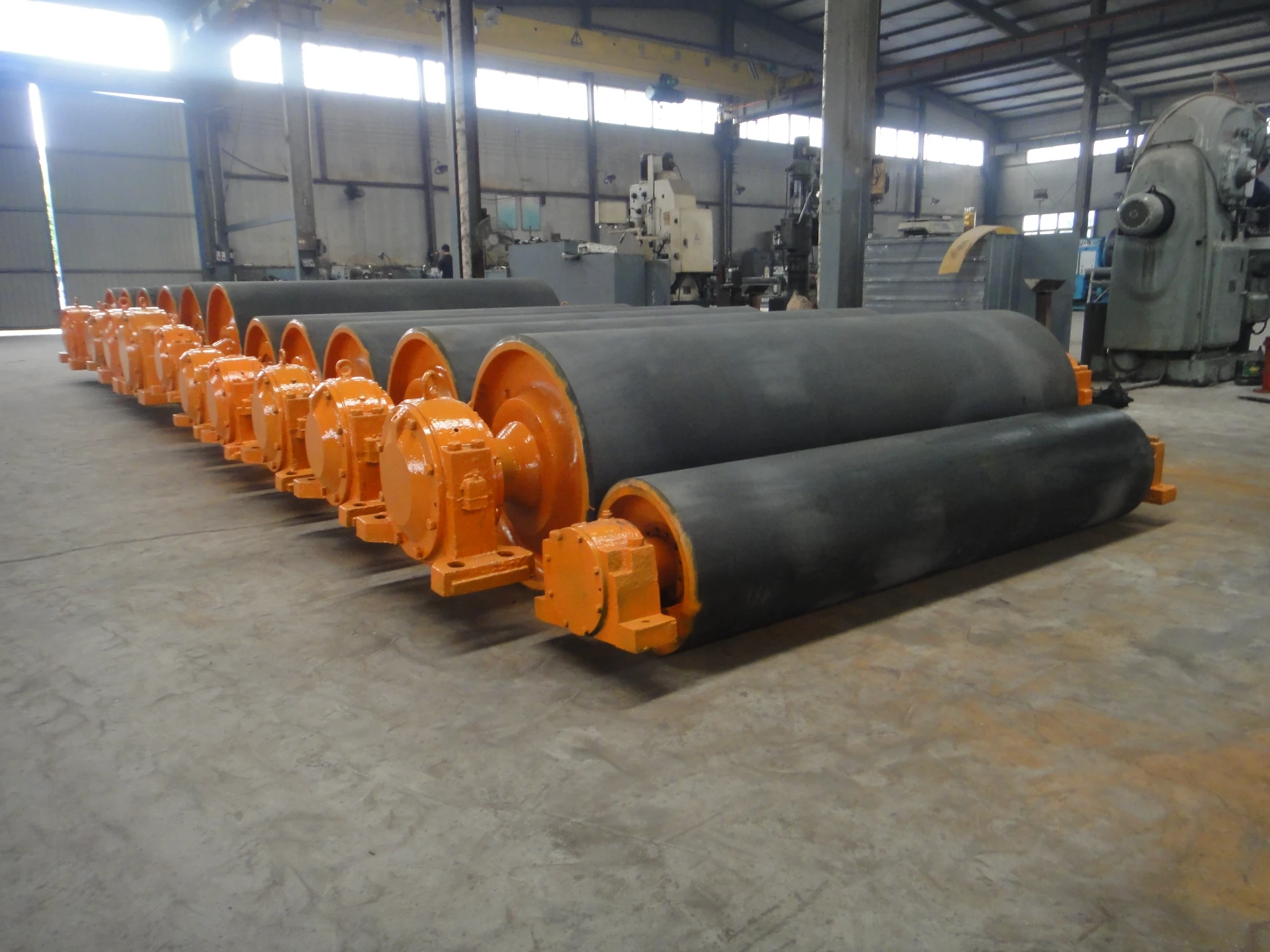 Afrikaans
Afrikaans  Albanian
Albanian  Amharic
Amharic  Arabic
Arabic  Armenian
Armenian  Azerbaijani
Azerbaijani  Basque
Basque  Belarusian
Belarusian  Bengali
Bengali  Bosnian
Bosnian  Bulgarian
Bulgarian  Catalan
Catalan  Cebuano
Cebuano  Corsican
Corsican  Croatian
Croatian  Czech
Czech  Danish
Danish  Dutch
Dutch  English
English  Esperanto
Esperanto  Estonian
Estonian  Finnish
Finnish  French
French  Frisian
Frisian  Galician
Galician  Georgian
Georgian  German
German  Greek
Greek  Gujarati
Gujarati  Haitian Creole
Haitian Creole  hausa
hausa  hawaiian
hawaiian  Hebrew
Hebrew  Hindi
Hindi  Miao
Miao  Hungarian
Hungarian  Icelandic
Icelandic  igbo
igbo  Indonesian
Indonesian  irish
irish  Italian
Italian  Japanese
Japanese  Javanese
Javanese  Kannada
Kannada  kazakh
kazakh  Khmer
Khmer  Rwandese
Rwandese  Korean
Korean  Kurdish
Kurdish  Kyrgyz
Kyrgyz  Lao
Lao  Latin
Latin  Latvian
Latvian  Lithuanian
Lithuanian  Luxembourgish
Luxembourgish  Macedonian
Macedonian  Malgashi
Malgashi  Malay
Malay  Malayalam
Malayalam  Maltese
Maltese  Maori
Maori  Marathi
Marathi  Mongolian
Mongolian  Myanmar
Myanmar  Nepali
Nepali  Norwegian
Norwegian  Norwegian
Norwegian  Occitan
Occitan  Pashto
Pashto  Persian
Persian  Polish
Polish  Portuguese
Portuguese  Punjabi
Punjabi  Romanian
Romanian  Russian
Russian  Samoan
Samoan  Scottish Gaelic
Scottish Gaelic  Serbian
Serbian  Sesotho
Sesotho  Shona
Shona  Sindhi
Sindhi  Sinhala
Sinhala  Slovak
Slovak  Slovenian
Slovenian  Somali
Somali  Spanish
Spanish  Sundanese
Sundanese  Swahili
Swahili  Swedish
Swedish  Tagalog
Tagalog  Tajik
Tajik  Tamil
Tamil  Tatar
Tatar  Telugu
Telugu  Thai
Thai  Turkish
Turkish  Turkmen
Turkmen  Ukrainian
Ukrainian  Urdu
Urdu  Uighur
Uighur  Uzbek
Uzbek  Vietnamese
Vietnamese  Welsh
Welsh  Bantu
Bantu  Yiddish
Yiddish  Yoruba
Yoruba  Zulu
Zulu Understanding Conveyor Head and Tail Pulleys in Material Handling Systems
Understanding Conveyor Head and Tail Pulleys
Conveyor systems are integral to various industries, providing efficient transportation of materials, from mining to manufacturing. At the core of these systems are components that ensure the smooth and effective movement of materials, among which the head and tail pulleys play crucial roles. This article explores the functions, types, and importance of these pulleys in conveyor systems.
The Role of Head and Tail Pulleys
The conveyor head and tail pulleys are critical parts of a belt conveyor. The head pulley is located at the discharge end of the conveyor system, while the tail pulley is positioned at the feeding end. Together, these pulleys manage the movement of the conveyor belt, enabling the system to transport materials efficiently.
The head pulley serves several vital functions. Primarily, it provides the driving force that moves the belt and its cargo forward. Often powered by an electric motor, the head pulley is equipped with various drive components that transmit power to the conveyor belt. Additionally, it facilitates the unloading of materials at the desired location, making it key to the conveyor's operational effectiveness.
On the other hand, the tail pulley supports the return path of the conveyor belt. It maintains tension in the system, ensuring that the belt remains in proper alignment as it moves. The tail pulley also helps in guiding the belt back to the head pulley after the materials have been discharged. This is critical because a properly tensioned belt prevents slippage, reduces wear, and prolongs the lifespan of the conveyor system.
Types of Pulley Configurations
Conveyor pulleys come in various designs and configurations, tailored to specific applications and operational requirements. The most common types of head and tail pulleys include
1. Drive Pulleys These are typically head pulleys that are powered and have a tread pattern to enhance grip on the belt.
2. Snub Pulleys Often used to increase belt tension, these pulleys make contact with the belt and help improve the belt’s grip on the drive pulley.
conveyor head and tail pulley

4. Wing Pulleys These are specially designed with wings to reduce material buildup and enhance self-cleaning capabilities, making them suitable for heavy-duty applications.
Importance of Proper Maintenance
Maintaining conveyor head and tail pulleys is essential to ensure optimal performance. Regular inspection and maintenance help identify wear and tear, preventing potential breakdowns. A few maintenance practices include
- Lubrication Ensuring that bearings and moving parts are properly lubricated to reduce friction and wear.
- Alignment Checks Regularly checking that the pulleys are aligned to prevent slippage and uneven wear on the belt.
- Tensioning Maintaining the correct tension in the belt is crucial for preventing slippage and extending the life of both the belt and the pulley system.
- Cleaning Keeping pulleys and belts free from debris that could lead to unnecessary wear or malfunctions.
Conclusion
The head and tail pulleys of conveyor systems are indispensable for the effective transport of materials in various industrial applications. Their ability to drive the belt and maintain proper tension is vital for the system's efficiency and longevity. Understanding their roles and implementing regular maintenance can lead to enhanced performance and reduced operational costs. In an era where efficiency and reliability are paramount, recognizing the importance of these components is essential for any business relying on conveyor technology.
-
Taper Centering Idler Set for Conveyor SystemsNewsJun.25,2025
-
Small Idler Rollers for Industrial ConveyorsNewsJun.25,2025
-
Guide Training Idler Set for Conveyor MaintenanceNewsJun.25,2025
-
Friction Offset Idler Set for Industrial UseNewsJun.25,2025
-
Double-Center-Roller Idler AlignmentNewsJun.25,2025
-
Channel Inset Impact Troughing Idler Set for Heavy LoadsNewsJun.25,2025





























